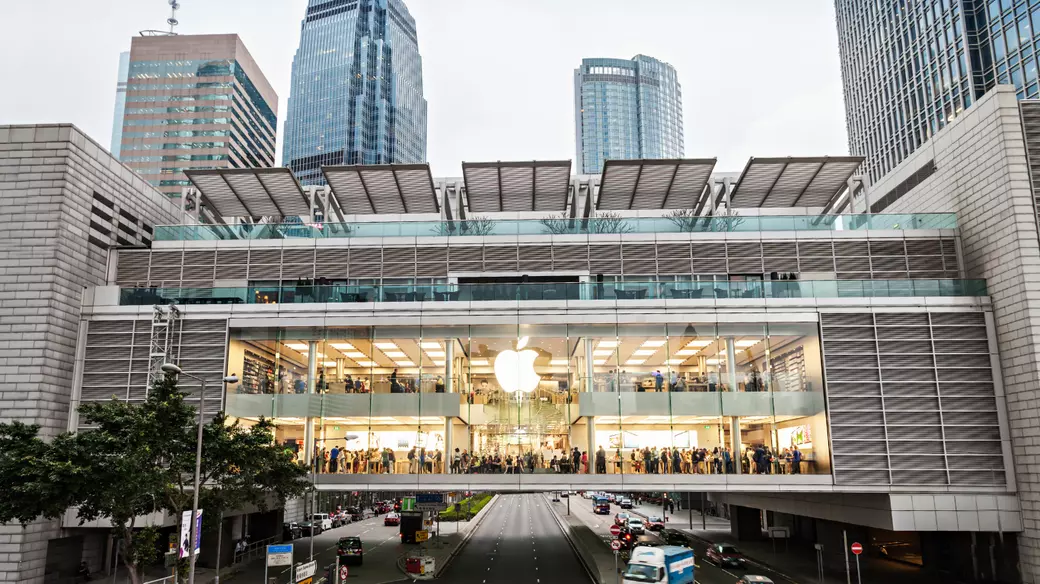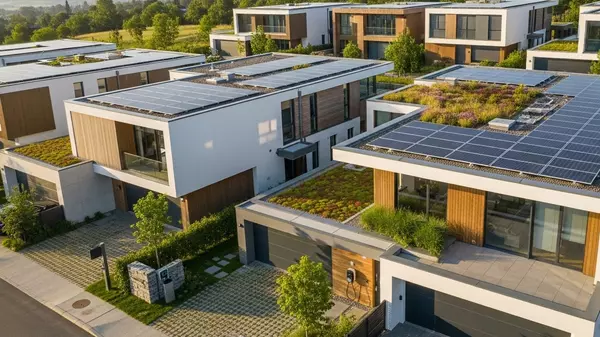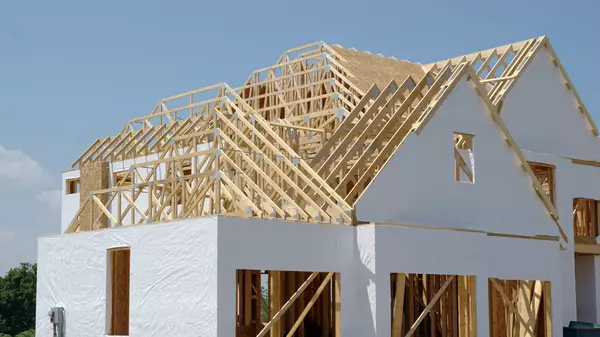Apple’s $500 Billion U.S. Investment: What It Means for Real Estate Over the Next Four Years

Apple recently announced plans to invest over $500 billion in the U.S. economy over the next four years, a move that will have significant implications across multiple industries—including real estate. This massive investment will fuel infrastructure expansion, job creation, and technological advancements, reshaping both commercial and residential real estate markets.
The Ripple Effect on Real Estate
Apple’s commitment to investing in the U.S. will likely manifest in several key areas: expanding existing campuses, building new data centers, and increasing manufacturing and supply chain operations. These developments will drive demand for real estate in tech hubs and beyond, impacting property values, commercial leases, and housing markets.
1. Increased Demand in Tech Hubs
Cities like Austin, Raleigh, Cupertino, and Seattle—already known for their booming tech industries—are expected to see a surge in demand for commercial and residential properties. Apple’s expansion efforts will create thousands of high-paying jobs, attracting more talent and increasing the need for housing, office space, and mixed-use developments.
2. Growth of Secondary and Emerging Markets
Apple’s investment won’t be confined to traditional tech strongholds. As the company broadens its reach, secondary cities and emerging markets could experience significant growth. Locations with lower costs of living and business-friendly environments—such as Denver, Nashville, and Atlanta—could see rising demand for commercial spaces and housing as Apple establishes a presence.
3. Commercial Real Estate Boom
With Apple’s push for more data centers, research facilities, and retail expansions, commercial real estate will see a notable uptick. This will impact landlords, developers, and investors looking to capitalize on Apple’s presence in various regions. High-end office spaces, industrial parks, and retail locations near Apple facilities will likely experience increased leasing activity and higher property values.
4. Housing Market Shifts
As Apple expands, the influx of employees will drive demand for housing, causing home prices and rental rates to rise in affected areas. In already competitive housing markets, this could exacerbate affordability issues, prompting local governments to consider policies for workforce housing and infrastructure improvements.
5. Infrastructure and Mixed-Use Development
Apple’s investments often coincide with broader infrastructure improvements, such as transportation upgrades, green energy initiatives, and smart city planning. These enhancements will make surrounding real estate more attractive, fostering new mixed-use developments that integrate residential, commercial, and recreational spaces.
Opportunities for Real Estate Investors and Professionals
For real estate professionals, Apple’s massive investment presents numerous opportunities. Investors should consider targeting properties in Apple-affiliated markets, while developers can explore new commercial and residential projects that align with the company’s expansion plans. Real estate agents and brokers should stay informed about Apple’s real estate footprint to help buyers and sellers navigate these rapidly evolving markets.
Conclusion
Apple’s $500 billion investment is more than just a boost to the tech sector—it’s a game-changer for the real estate market. Over the next four years, expect to see heightened demand for housing, commercial spaces, and infrastructure development in key cities and emerging markets. For those in the real estate industry, staying ahead of these trends will be essential to capitalizing on the opportunities this historic investment will bring.
Categories
Recent Posts










GET MORE INFORMATION


